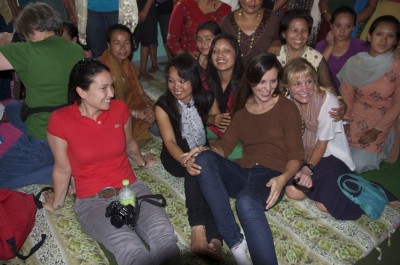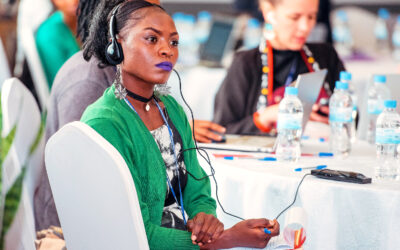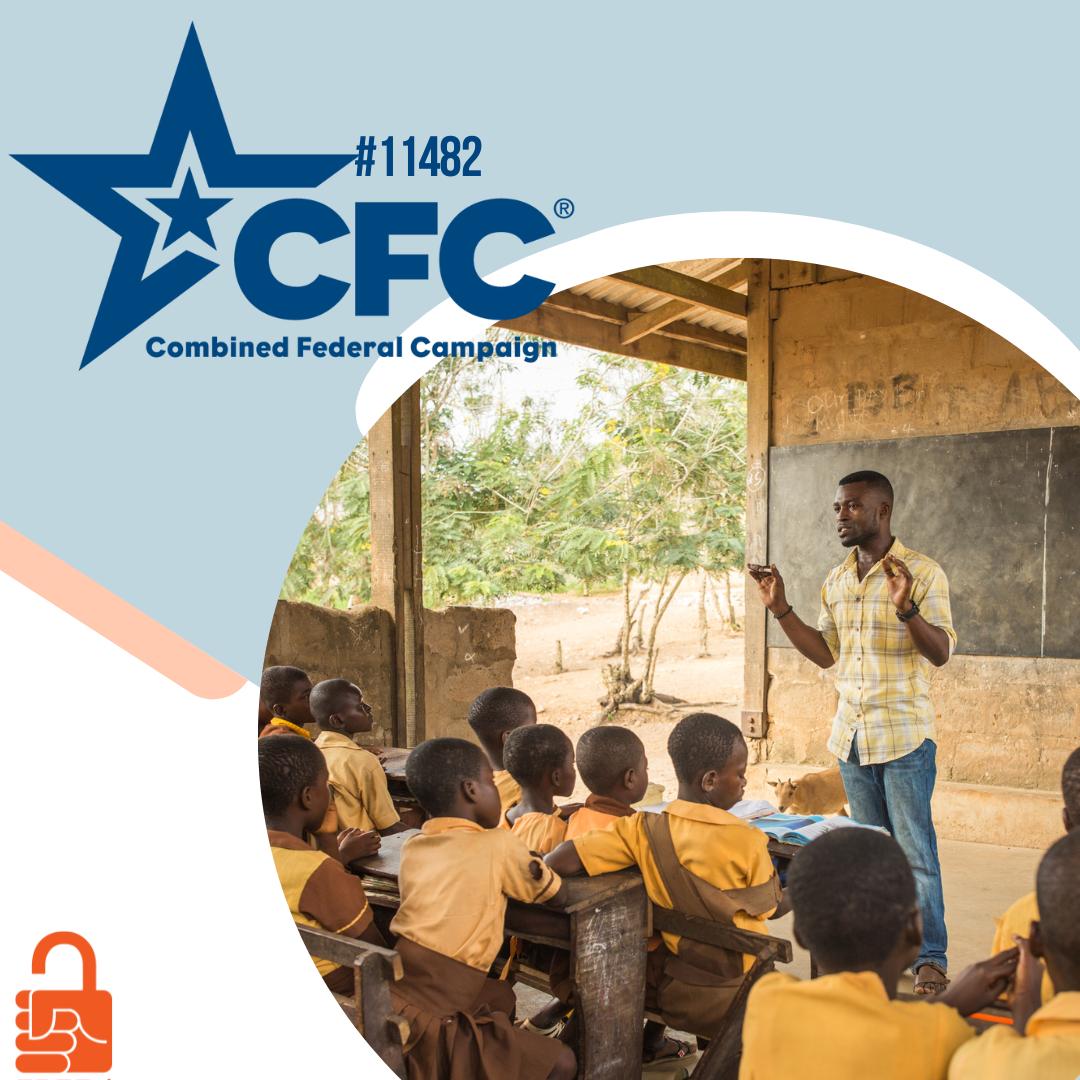Editor’s note: FTS Major Gifts Office Sarah Gardner accompanied several FTS supporters to Nepal. This is the first of several blog stories that we will post over the coming weeks. You can see videos of our flontline work in the mini-documentary Turning the Tide on the FTS website.
I have just returned from a remarkable journey. I had the honor of joining six donors as we visited Free the Slaves programs in Nepal for a week. Whether it was hiking up dirt paths far outside the Kathmandu valley, or riding up windy roads a few miles from the Tibet border, we managed to travel to some of the most remote places in Nepal. And there we found some of the most empowered women and girls I have ever met.
Having worked at FTS for nearly three years, I knew what to expect: Explanations of why our program works, how it works, and the fearless partner staff that is involved in the frontline day-to-day. I can tell you that seeing the work changed everything for me.
But I would rather focus on one of the reasons I work for Free the Slaves. I’ve learned that those affected by slavery TEACH US what ending slavery means. Without intending it, spending time in these communities is like holding up a mirror to our own lives. And some of these realizations were overwhelming and surprising.
My first realization was the importance of community. The power of our anti-slavery work in Nepal, and our work around the world for that matter, is that the women and girls work together, and look out for the well-being of each another. Karen Stauss, our Program Director, uses the term “neighborhood watch” to describe how a CVC works (a community vigilance committee is a group that organizes their neighbors against slavery). This really got me thinking. When was the last time you met with your neighbors to discuss a problem facing the entire community? In rural Nepal, where people have next to nothing, what is the one thing residents have? They have each other. And this didn’t happen on its own—the heart of our program work is the attitude that with the strength of the group, slavery can be beaten.
For instance, in the meetings the women and girls would sit very close to each other, often stroking each other’s arms when one talked about their past, or what they were looking forward to in their future. What stood out to me, is that the primary reason this work “works” is because there is complete “buy in” from those involved. There is no shame or embarrassment in needing others for support, which is very powerful. They often call each other sisters, and they lend members money or food when they need it.

Meeting at the Shakti Samuha Resource Center
The other thing that caught me off guard was that EVERYONE had a phone. We would be in tiny huts way up in the mountains, and a villager’s phone would go off in the meeting, the chirpy ringtone blaring. We saw fiber-optic cables running up along the side of the mountains, along dirt roads where there was often no electricity or running water. I mention this not just to say, “Everyone had a phone,” but to ask the question of what this CONNECTIVITY means. To have a member of Shakti Samuha (one of our local groups) come up to me after our meeting and say, “Will you Facebook me?” initially confused me because I had to come to terms with the fact that the rules of engagement are now very different. These are relationships where we can’t choose to be exposed to slavery and then when we “need a break” from the devastation, turn off this connection.
Of course in my heart I was already committed to this issue in this way, but the reality of this connection became real to me in a way it hadn’t been before. And it begs the question, how can this connectivity be used to help fight slavery? We talk about slavery being in our backyards, but what also happens when it is affecting our Facebook friends? While I still need to digest this reality more, I believe this kind of connectivity could make the issue of slavery much more personal in a world where it is often hidden and “so far away.”
Much more to come from our Nepal journals. Watch this space!



